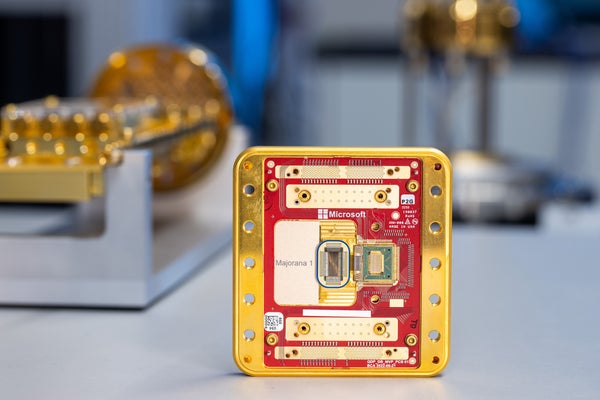https://gizmodo.com/this-ai-bookmark-might-actually-help-you-finish-reading-books-2000569596
The problem: You don’t read physical books through to completion. The solution? According to the two developers behind it, it is a bookmark that helps you pick up where you left off. The AI-powered Mark does not yet exist but is suddenly available for pre-order with one objective: to help you remember what you just read.
Mark is a bookmark you place into a book when you are finished reading to mark your spot. Once you close the book, the gadget does the hefty lifting. It sends a summary of the pages you just read to your smartphone and then concocts a generalized summary based on information already associated with that title. The idea is that when you come back to it later, your brain will catch up with the breadcrumbs left behind.
For $130, Mark hopes to address those who feel like their attention is constantly “fragmented” and the books they’re reading remain “underutilized.” Specifically, this product is for “Americans who prefer physical books to e-readers and tablets,” or at least that’s what it claims in its manifesto.
“Just like Strava keeps you motivated in fitness, Mark keeps you inspired in reading,” says the Mark Twitter/X account. This refers to the social media element of the bookmark, which lets your friends know you’ve made a dent in your reading once you’ve shut the book. Mark will measure your reading pace and summarize key themes as you progress. A “Mark Wrapped” feature even keeps track of what you read, similar to services like Goodreads.
As I’ve repeatedly mentioned, I’m a millennial, which means I’m of the generation that got through school essays with the help of CliffsNotes. Eventually, they were replaced by Wikipedia summaries. I don’t see Mark offering groundbreaking technology, especially since I’m not sure how it does what it purports to do. While I appreciate the idea of being caught up on what I was reading before I abandoned the story, this whole practice is taking the onus off of the reader to keep track of what they’re reading.
I get the premise of being an inconsistent reader. I switched to audiobooks because they were easier to pick up and catch on with the plot, even if it was weeks before I could get to it. But $130 to pick up reading where you last left is a grotesque amount for something that doesn’t perform other functions. It is much cheaper to buy a packet of sticky notes and stay engaged with your reading instead of relying on the computer to do the heavy lifting.
You can sign up for the waitlist if you’re morbidly curious about Mark. I did because I wanted to know what the heck was going on here.
via Gizmodo https://gizmodo.com/
February 28, 2025 at 08:27AM





